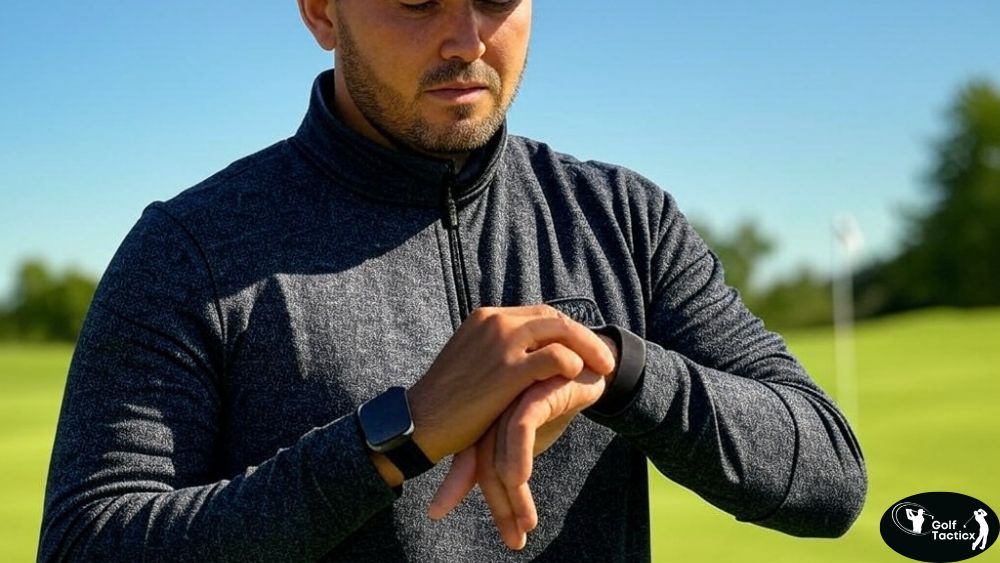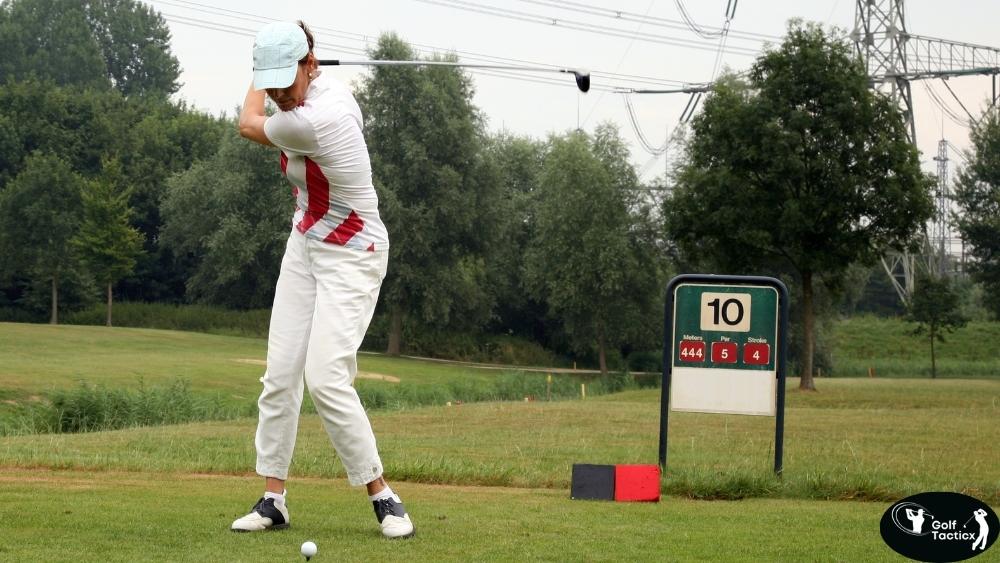So far, we’ve talked When I Need Golf Lessons, managing frustration, and dealing with the mental side of the game. Now, let’s take a closer look at tracking your progress specifically how to measure your improvement and track your golf handicap.
Tracking your golf handicap is one of the most effective ways to see how much you’ve improved over time. It allows you to evaluate your skill level, set measurable goals, and even compete against players of different abilities. Whether you’re aiming for consistent scores or improving specific areas of your game, knowing your handicap can keep you motivated and on track.
In this post, we’ll go over the following:
- What a golf handicap is.
- How to calculate your handicap.
- Why tracking your handicap matters.
- Tools and apps to help you measure your progress.
What Is a Golf Handicap?
Simply put, a golf handicap is a number that represents the skill level of a golfer. It’s used to level the playing field, allowing golfers of different abilities to compete against each other. The lower your handicap, the better your game.
Your handicap is based on the scores you’ve posted in rounds of golf, with the goal of showing the average number of strokes over par that a golfer typically takes to complete 18 holes. The formula behind the handicap can be complex, but the result is a number that helps golfers know how their skills compare to others.
The Key Points About Handicaps:
- A lower handicap means better performance (for example, a 10 handicap golfer is better than a 20 handicap golfer).
- Handicaps allow golfers to play on an equal footing regardless of their skill level.
- Handicaps are calculated based on recent rounds, so they give you an up-to-date reflection of your abilities.
How to Calculate Your Golf Handicap
If you’re a beginner, calculating your handicap can sound like a lot of work. But don’t worry, we’ll break it down for you!
The official formula for calculating your golf handicap is as follows:
Handicap = (Adjusted Gross Score – Course Rating) × 113 ÷ Slope Rating
Let’s break this down a bit:
- Adjusted Gross Score (AGS): This is your actual score for the round, but with any course-specific adjustments (such as if you’ve taken a double bogey or more on a hole). It’s the score after accounting for maximum scores based on your skill level.
- Course Rating: This represents the difficulty of the course for a scratch golfer (a golfer with a 0 handicap). It’s typically a number between 67 and 75.
- Slope Rating: This reflects how difficult a course is for a bogey golfer (a golfer with a handicap of 20 for men or 24 for women). A slope rating of 113 is considered average.
Example Calculation:
Let’s say you played a course with a Course Rating of 72 and a Slope Rating of 130. If your Adjusted Gross Score (AGS) was 90, your handicap calculation would look like this:
Handicap=(90−72)×113130=18.0\text{Handicap} = \left(90 – 72\right) \times \frac{113}{130} = 18.0Handicap=(90−72)×130113=18.0
This means your handicap for that round would be 18, indicating you are roughly 18 strokes over par on a typical course.
Tracking Your Handicap Over Time
Your golf handicap isn’t a static number. It can change over time based on your scores. By calculating your handicap after each round, you can track how you’re improving or if certain aspects of your game need more work.
A lot of golfers use digital tools (more on that in a moment) to track their scores and handicaps automatically.
Why Tracking Your Handicap Matters
Tracking your handicap is more than just about competition—it’s about personal growth. Here’s why it’s so important:
- Measuring Progress: A handicap is a clear way to see if your scores are improving. As your skills get better, your handicap will drop.
- Setting Goals: By tracking your handicap, you can set more specific goals. For example, you might aim to drop your handicap from 20 to 18 over a certain period.
- Leveling the Playing Field: Handicaps allow golfers of different skill levels to compete against each other more fairly, so whether you’re playing against friends or in a tournament, your handicap helps balance the game.
- Confidence Boost: When you see your handicap improving, it can give you a big confidence boost, motivating you to continue working hard and practicing your game.
Tools and Apps for Tracking Your Golf Handicap
With the rise of technology, tracking your handicap has never been easier. Here are a few tools and apps that can help you measure your progress without all the math:
Golf Handicap Tracker Apps
There are a variety of apps you can use to track your scores and handicap. Most of these apps do the heavy lifting for you, automatically calculating your handicap as you input your scores.
Here are some popular ones:
- Golfshot: A great app that allows you to track your scores and calculate your handicap in real-time. It even has GPS features to help you navigate the course.
- TheGrint: Another popular app for tracking your scores and handicap. It also has a social component, letting you share scores with friends and join virtual tournaments.
- Arccos Golf: This app uses sensors placed on your clubs to automatically track your shots and scores, making it one of the most accurate ways to track your performance.
Using a Golf GPS Watch
A GPS watch like the Garmin Approach or Bushnell Neo Ghost can track your shots, measure distances, and help you calculate your scores during a round. Many golf GPS devices allow you to upload your scores directly to an app, so you can track your performance over time and see how your handicap is evolving.
Online Handicap Calculators
If you don’t want to use an app, you can always use an online handicap calculator. Websites like USGA’s Golf Handicap Calculator let you input your scores and the course details to calculate your handicap.
Golf Club Memberships and Tracking Systems
If you’re a member of a golf club, they might offer an online system where you can log your scores and track your handicap automatically. Many golf courses are now using digital systems to calculate and keep track of handicaps for their members.
Tracking Other Metrics for Improvement
In addition to tracking your handicap, it’s also helpful to track other aspects of your game. Consider monitoring:
- Fairways hit: The percentage of times you hit the fairway off the tee.
- Greens in regulation: The percentage of greens you reach in the expected number of strokes.
- Putts per round: The average number of putts you take to complete 18 holes.
- Up-and-down percentage: The percentage of times you successfully get up and down (recovering from the rough or bunkers).
Tracking these metrics, in addition to your handicap, can give you a fuller picture of your golf game and help you focus on areas for improvement.
Conclusion
Tracking your golf handicap is an essential part of improving your game. It gives you clear, measurable feedback about your progress and motivates you to continue working on your skills. With the right tools and a little consistency, you’ll be able to see your handicap drop and your confidence rise.
In the next blog post, we’ll talk about golf training aids and which ones are best for beginners. These tools can help you take your practice to the next level, whether you’re working on your swing, short game, or putting. Stay tuned!
















Leave a Reply